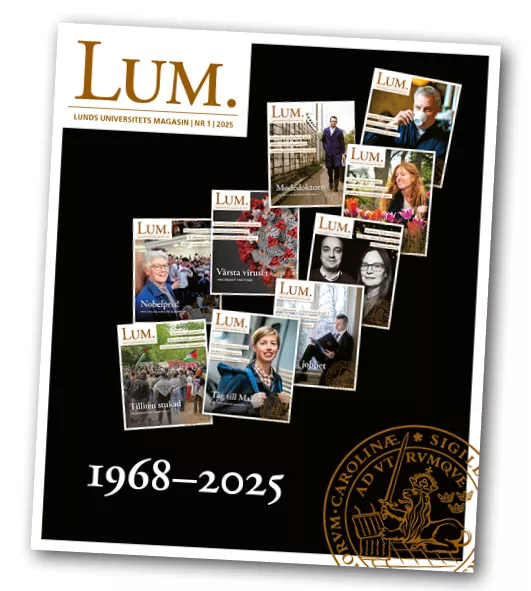A small piece of cardboard has been placed in the X-ray tomography machine. An image is about to be generated of the microstructure of the cardboard and make the innermost fibres visible. LTH researchers and their colleagues from Tetra Pak watch as the cardboard's fibre structure emerges on the computer screen next to the x-ray machine.
One of those who examines materials’ construction and inner structures at a micro level is Sara Johansson. She is a researcher in Solid Mechanics at Lund University and is driven by a desire to understand the basic physics behind different phenomena.
– We can observe or measure a certain material behaviour and that makes me interested in understanding what happens at a micro scale because the root cause of these larger-scale patterns is often found there, says Sara Johansson.
When the structure of a material can be seen at a detailed micro level, it is easier to understand how the material can react to different types of external influences.
– That understanding and knowledge is important to be able to develop better and safer packaging in the future, says Sara Johansson.
Tailoring materials by modelling
The results from the laboratory measurements are used by research colleague Mathias Wallin in a simulation model for packaging strength.
– The simulation tool helps us understand how materials react and behave in different situations, such as when the packaging gets creases, tears, falls to the ground or is exposed to different temperatures. That knowledge is necessary to manage tailoring of packaging with different properties, says Mathias Wallin, Professor in Solid Mechanics.
Simulation is therefore a natural step for the packaging industry, he says.
– Simulation speeds up the product development, and that is important for the packaging industry as it needs more sustainable material solutions now as well as in the future, says Mathias Wallin.
Increased knowledge through collaboration
Since Tetra Pak is very interested in the packaging materials of the future, it is natural for them to participate in the university's materials research. They contribute with the business community's knowledge, needs and thoughts.
Johan Tryding is one of the key persons for the transfer of knowledge – he has a PhD degree in Solid Mechanics, started working at Tetra Pak in 1990 and has for the past fifteen years acted as a bridge between Faculty of Engineering at Lund University and Tetra Pak through his role as adjunct professor.
– A package should protect its contents and be healthy, whole, dense, environment friendly, cost-effective, and aesthetic. Through collaboration with researchers we, at Tetra Pak, have greater opportunities to meet the packaging requirements, says Johan Tryding.
Strategic partnership
Last year, Lund University and Tetra Pak entered a five year long strategic partnership with the aim of contributing to societal benefits and developing knowledge in areas that are mutually important to Tetra Pak and the university. The field of sustainable materials is one of these areas for joint development.
– Collaboration between the university and the industry is crucial for finding sustainable solutions for the future. The partnership with Tetra Pak is one of several examples where we try to tackle societal challenges together with the industry through joint knowledge and innovation development, says Fredrik Nilsson.
He is a professor in packaging logistics at LTH as well as the Lund University coordinator of the partnership, and he summarizes the results so far:
– We have established a joint steering group and started to work on the partnership's focus areas, such as sustainable materials, lifelong learning and digitalisation. In these areas, new research results emerge for new knowledge and benefits to the society.





